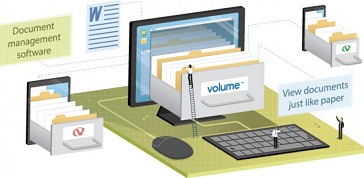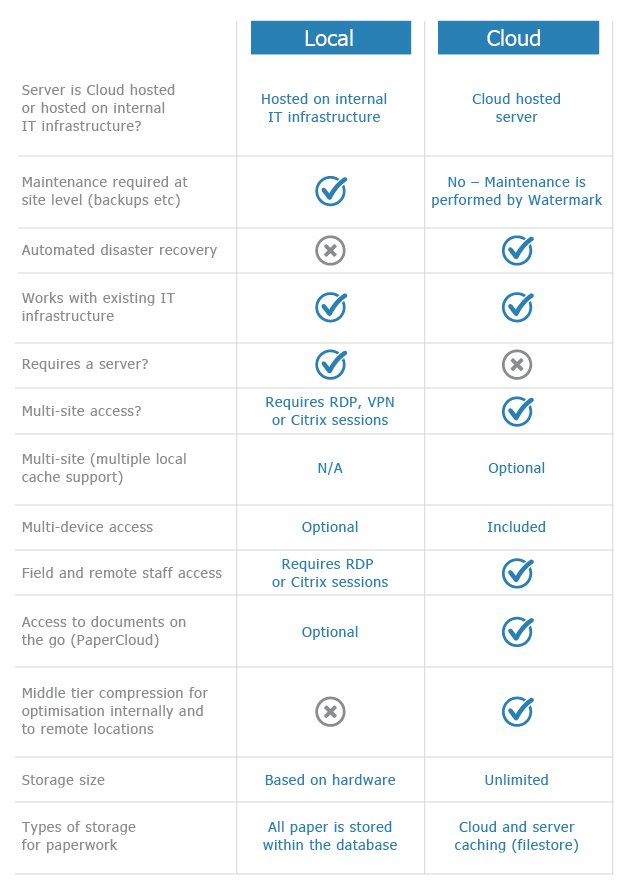Everybody who has to deal with reams and reams of paper on a regular basis is probably looking for a simple document management system. Thinking back to ‘the good old days’ when it was a luxury to own a television, exciting to receive a letter and more recently the thrill of watching the egg –timer as your computer connected to the internet; but can you imagine a day going by without looking at your mobile phone?
Whether it’s just to check the time or to ring your husband to ask him to put the washing out; the truth is, that 93% of adults personally own/ use a mobile phone in the UKsuggesting that we simply cannot live without them. This being said, the very nature of the ‘phone’ has changed dramatically, the latest trend is towards mobile devices that aren’t really much like a phone at all.
Consumers like to have the biggest and flashiest phone in the room. T-Mobile found that 77% of consumers would prefer smartphones with larger screens that that of the iphone5. This is hardly surprising in a world in which staring at our phones and remote devices has become a global pastime.
We forever hear the phrase “what could possibly be next?” However, technology is developing at such a rapid rate that today’s hot devices and gadgets soon become redundant. Think back to the days of the typewriter……..
The first typewriter to become commercially successful was invented in 1868. By the end of the 1980s, word processors and personal computers had displaced typewriters in most of the western world.
In the modern-day working world it would seem very old-fashioned to send somebody a fax. However, they did remain popular in the 20th century emerging as one of the quickest ways to send an image over a wire, a capability which moved to ‘wireless’ in 1924. Although the traditional fax machine is no longer necessary in the office the invention of the 3D Fax created a stir in the early 21st century as a method of scanning and transmitting 3 dimensional data.
Just as the nature of the telephone has developed somewhat dramatically so has the computer. The first generation computers were produced between 1945 and 1960, they used punch cards and made use of thermionic valves. The second generation of computers saw transistors replace thermionic valves and tape drives were used for external storage; they were more reliable, smaller in size and reduced power consumption. Integrated circuits were used for third generation computers; mainframe and mini computers used between 1965 and 1971.
In 1981, IBM introduced its first computer for the home user, and in 1984 apple introduced the easily identifiable Macintosh; Microprocessors also moved out of the realm of desktop computers. Fourth generations also saw the development of GUIs, the mouse and handheld devices.
Can you imagine not being able to email somebody instantaneously or ‘talk’ business away from the office? It is essential that the modern day office worker is able to continue working on the road, abroad and outside the hours of 9 to 5. Modern day technology is designed with this in mind.
Fifth generation computing devices, based on artificial intelligence, are still in development: however there are some applications such as voice recognition that are already being used today. Fifth- generation computing aims to develop devices that respond the natural language and are capable of learning and self-organisation.
Volume, move with the times…
Say ‘goodbye’ Fax machine and ‘hello’ to Camera Scan. ‘Goodbye’ typewriter, ‘hello’ audit tracking. ‘Goodbye’ deskbound telephone, ‘hello’ mobile device. ‘Goodbye’ filing cabinets, ‘hello’ digital cabinet. ‘Goodbye’ paper, ‘hello’ document management system.
Moving with the times isn’t just about removing archaic machines and practices from your office – it’s about transforming the way your whole business communicates. Best practice demands that staff are mobile, your information accessible (securely) and your systems flexible. Volume document management provides the freedom of the cloud with the practicality of desktop AND mobile access – we call it ‘Cloudish’ – providing your business with the best of both worlds.




